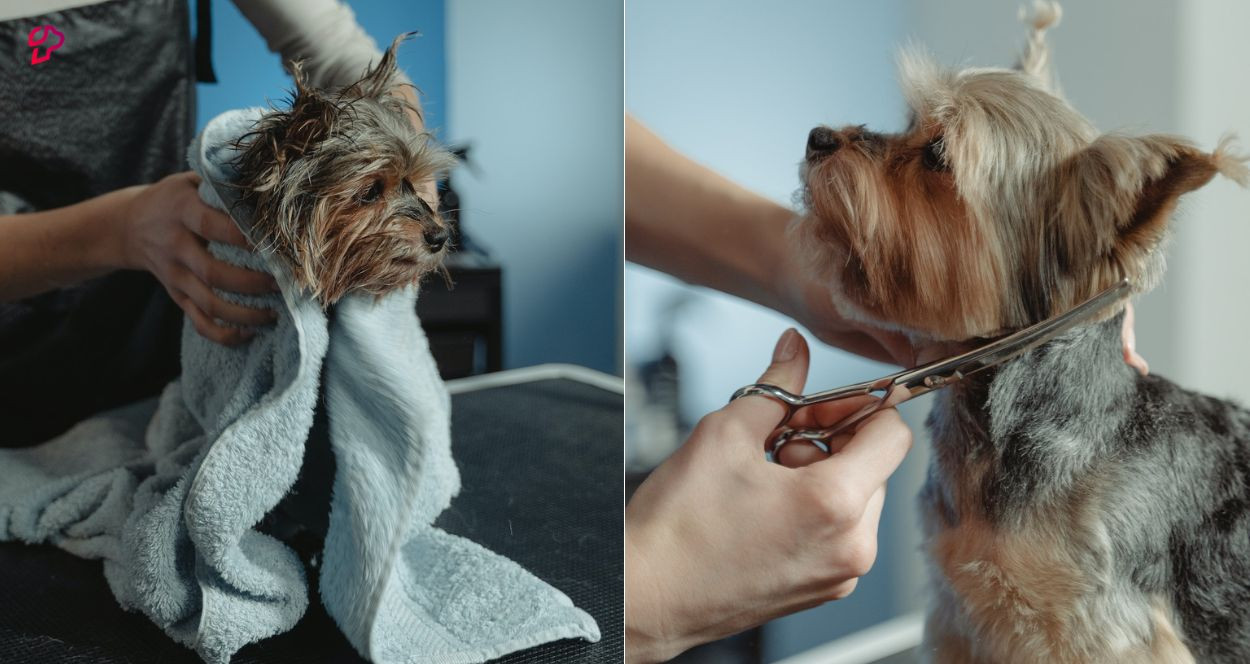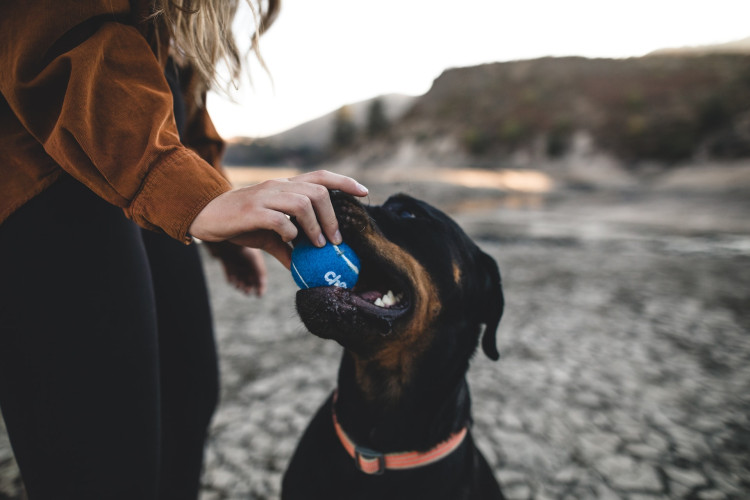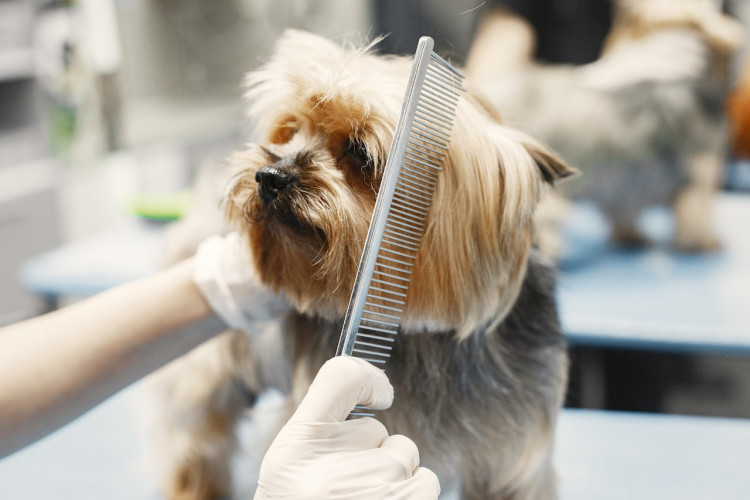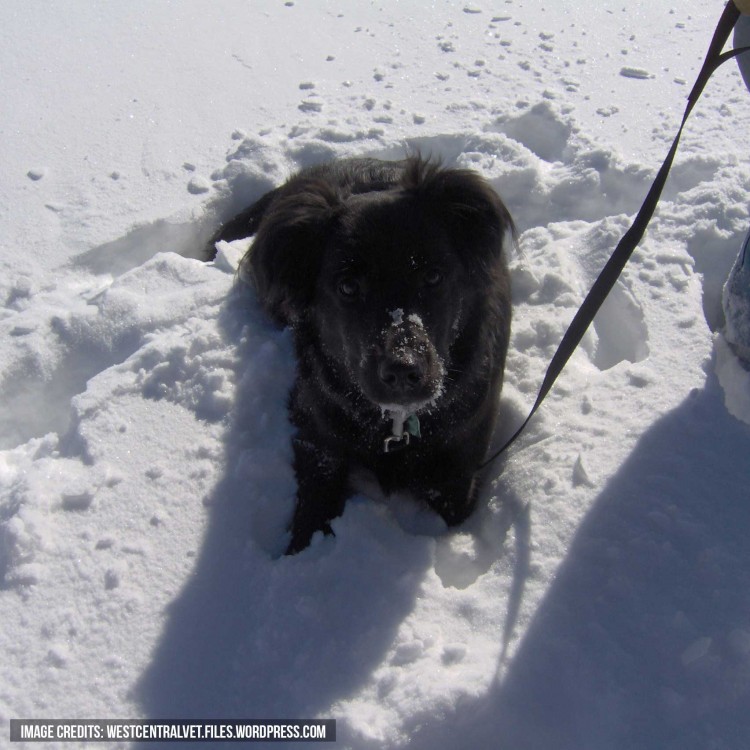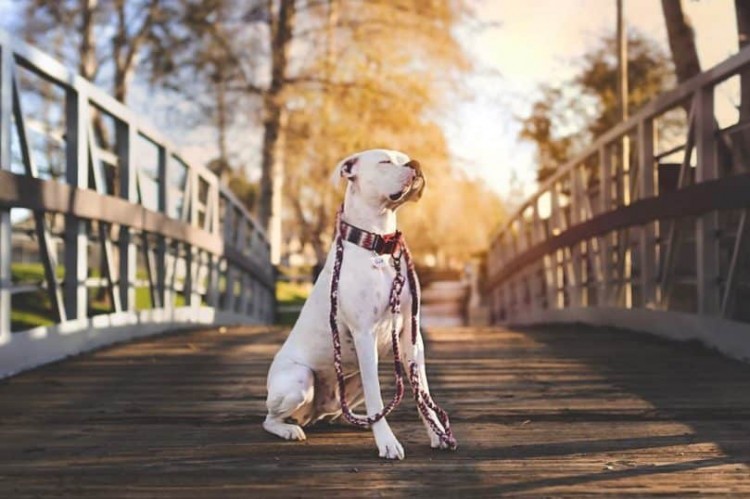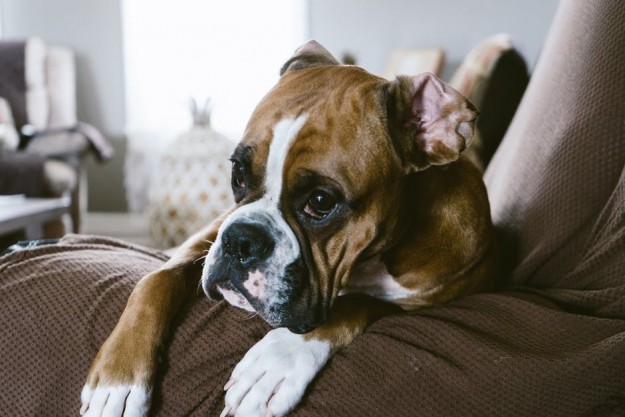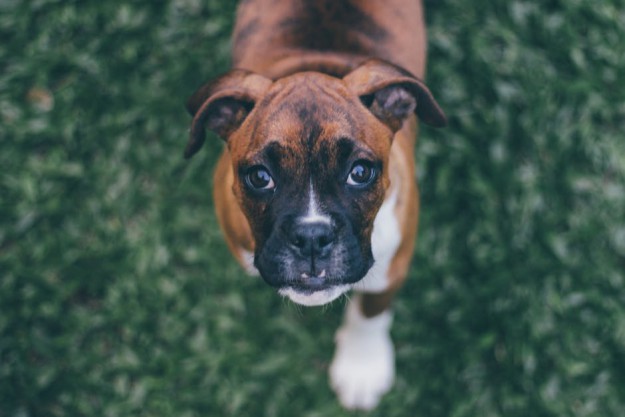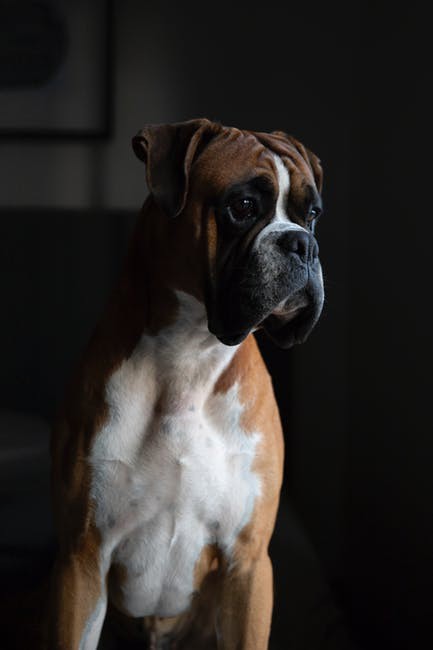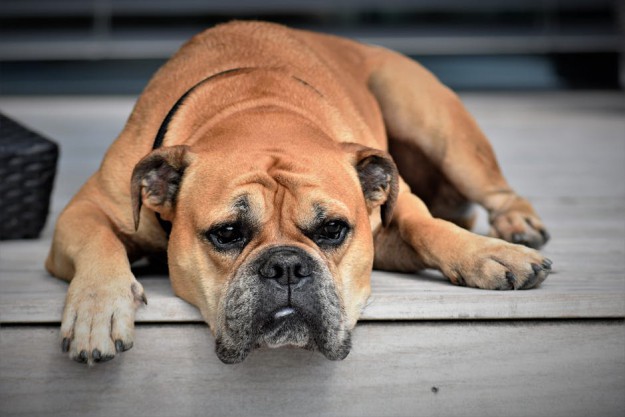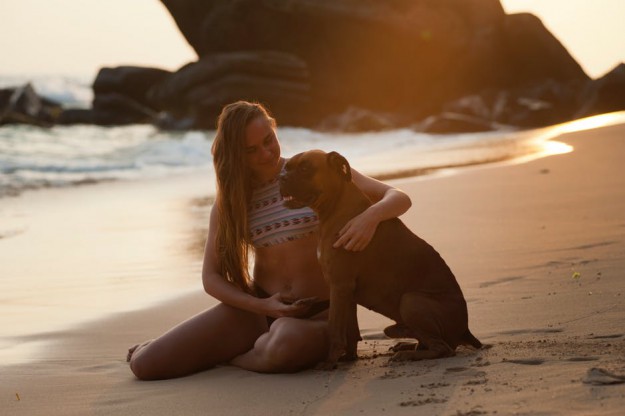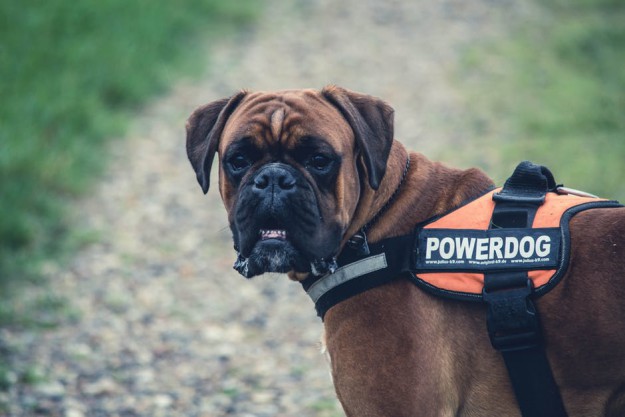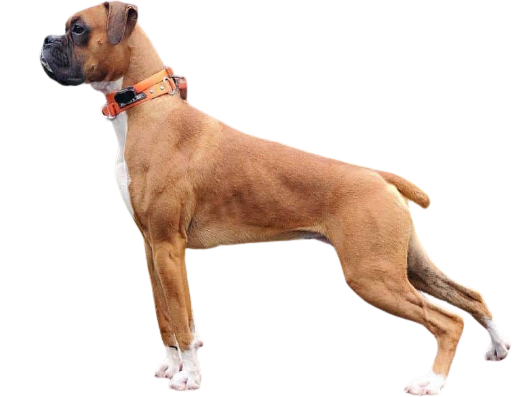
Boxer
USD $600-$1200 Price Avg.
Working Dogs
Group
Purebred
Breed Type
Medium
Size
10-12 years
Lifespan
Breed Information
| Group | Working Dogs |
|---|---|
| Popularity/Rank | 11 |
| Origin | Germany |
| Other Names | Deutscher Boxer, German Boxer |
| Breed Type | Purebred |
| Price (Avg.) |
USD $600-$1200
How much does it cost to buy a Boxer? Boxer are usually priced differently from breeder to breeder and from place to place. As a rough guide, you can expect to pay between $600 to $1200 if you purchase your dog from a reputable breeder. The price will increase if the dog has a fantastic pedigree. Dogs that already have basic training maybe even more expensive. But, most Boxers can be adopted through a shelter for a lower fee. |
| Size | Medium |
| Weight |
Male: 60-70 pounds (27-32 kg),
Female: 53-65 pounds (24-29 kg) |
| Height |
Male: 22-25 inches (56-63 cm),
Female: 21-24 inches (53-61 cm) |
| Lifespan | 10-12 years |
| Recognized by |
AKC, FCI
The American Kennel Club in 1904 as a Working breed. And FCI in the Pinscher and Schnauzer - Molossoid and Swiss Mountain and Cattledogs group, in the Molossian type s |
| Purpose | Bullbaiting, Guarding, Fighting |
| Date of Origin | 1800s |
| Ancestry | Livestock Dog, Mastiff |
Appearance & Maintenance
| Coat | Waterproof |
|---|---|
| Coat Colors | Brindle, Fawn, White |
| Grooming Level | |
| Shedding Level | |
| Eye Color Possibilities | Brown |
| Nose Color Possibilities | Black |
| Coat Color Possibilities | Black, Brindle, Fawn, White |
| Coat Length | Small |
| Coat Density | Normal |
| Coat Texture | Straight |
| Recommended Brushes | Nail Clipper, Pin Brush, Slicker Brush |
| Brushing Frequency | Weekly |
Breed Characteristics
| Temperament | Brave, Bright, Confident, Energetic, Fearless, Friendly, Intelligent, Loyal, Playful, Sportive |
|---|---|
| Intelligent | |
| Trainability | |
| Playfulness | |
| Sensitivity Level | |
| Affection Level | |
| Social Interaction Required | |
| Barking | |
| Watchdog Ability | |
| Territorial | |
| Biting Force | Low |
| Mouthiness | |
| Impulse to Wander or Roam | |
| Prey Drive | |
| Adaptability | |
| Tolerates Being Left Alone | |
| Fighting Dog | Yes |
Good & Friendly with
| Apartment Life Friendly | |
|---|---|
| Stranger Friendly | |
| Kid-Friendly | |
| Cat Friendly | |
| Dog Friendly | |
| Office Friendly | No |
| Senior Citizens Friendly | |
| Pet Friendly | |
| Friendly with First Time Owners | No |
| Service Dog | Not really |
| Therapy Dog | Not really |
| Detection, Sniffer or Security Dog | Not really |
| Search and Rescue Dog (SAR) | Not really |
| Boat Dog | Not really |
| Cart Pulling or Drafting Dog | Yes |
Health Elements
| Health Issues | |
|---|---|
| Health Problems | Allergies, Aortic Stenosis, Bloat, Boxer Cardiomyopathy, Cancer, Corneal Dystrophy, Deafness, Demodectic Mange, Hip Dysplasia, Hypothyroidism |
| Hypoallergenic | No |
| Energy Level | |
| Exercise Required | |
| Sleeping Required | |
| Weight Gain Potential | |
| Weather & Climate | Prefers average to warm weather conditions |
| Stinkiness | High |
| Drooling tendency | |
| Activity Level | High |
| Rec. Walk Mileage Per Week | 10 miles |
| Minutes of Activity Per Day | 90 minutes |
Food & Costing
| Avg. Daily Food | Recommended daily amount: 2 to 3 cups of high-quality dry food a day, divided into two meals. |
|---|---|
| Cups Per Day | 2.5 cups |
| Daily Cost | $1.75 - $2.25 |
| Monthly Cost | $52.50 - $67.50 |
Reproducibility
| Gestation Duration | 60-64 days |
|---|---|
| How often can the Boxer have a litter? | Once a year. |
| Litter Size | 2-10 puppies, average 6 (Once a year.) |
Description
The Boxer dog is a medium-sized breed of dog that originated in Germany. It is a member of the Working Group and is known for its intelligence, loyalty, and strength. The Boxer has a distinctive appearance with its short coat, muscular body, and square head. It has a wide range of colors including fawn, brindle, white, and black.
The average lifespan of the Boxer dog is 10 to 12 years. They typically weigh between 50 to 70 pounds and stand at an average height of 21 to 25 inches tall at the shoulder.
The personality of the Boxer dog is friendly and energetic. They are intelligent dogs that are eager to please their owners and learn quickly with proper training. They are also very loyal companions who will protect their family from any perceived danger or threat.
Boxers are generally friendly with other dogs as well as children and other animals if they have been properly socialized from an early age. However, they can be territorial if not properly trained or socialized so it’s important to ensure your Boxer gets plenty of exercise and mental stimulation on a regular basis in order to prevent any aggressive behavior from developing over time.
The temperament of the Boxer dog is alert yet gentle which makes them great family pets as well as watchdogs due to their protective nature towards their owners. They can be quite stubborn at times but respond well to positive reinforcement training methods such as clicker training or reward-based systems which help them learn quickly while still having fun during the process!
In terms of health issues, the most common ones seen in this breed include hip dysplasia (a genetic condition affecting joint mobility), heart disease (which can lead to congestive heart failure), eye problems (such as cataracts), thyroid issues (which can cause weight gain) and allergies (which may require special diets). Regular vet checkups are recommended for all breeds but especially for those prone to certain health conditions like boxers so that any potential problems can be caught early on before they become more serious issues down the line!
When it comes to adaptability levels, boxers do quite well in both urban environments as well as rural settings due to their intelligence level which allows them adjust easily when needed! The benefits of having a boxer dog as a pet include its loyal nature towards its owners along with its playful attitude which makes it great for families looking for an active companion who loves spending time outdoors playing fetch or going on long walks together! Additionally, boxers tend not have many grooming needs since they have short coats so you won’t need spend too much time brushing them regularly like some other breeds might require!
History
The Boxer breed of dog is a medium to large sized, short-haired breed of dog. The coat is smooth and tight-fitting; colors include fawn, brindled, or black, with or without white markings. Boxers are brachycephalic (they have broad, short skulls), and have a square muzzle. The head is large and muscular, and the neck is short and thick. The chest is deep and the back is short. The tail is docked in most cases. Males typically weigh between 25–32 kg (55–70 lb), with females weighing between 23–29 kg (51–64 lb).
The Boxer breed originated in Germany in the late 19th century. They were originally bred as hunting dogs, but soon became popular as guard dogs and police dogs due to their loyalty, strength, and intelligence. By the early 20th century, the Boxer breed was one of the most popular breeds in Germany. However, after World War I ended in 1918, the popularity of the breed declined sharply. This was due to the economic hardships that followed the war, as well as the fact that many Germans associated the breed with military aggression.
In an effort to save the breed from extinction, a group of German fanciers founded the Deutscher Boxerclub (DBC) in 1922. The DBC set forth a strict standard for the breed which emphasized correct type and working ability. This helped to increase the popularity of the Boxer breed once again. By 1930, there were over 8600 registered Boxers in Germany alone.
TheBoxer breed was first recognized bythe American Kennel Club(AKC)in 1904. However, it was not until after World War II that they became popular in America. This was due in part to soldiers who had been stationed in Germany during the war and had fallen in love with the breed. Today,theBoxeris one ofthe most popularbreedsin Americaand can be foundin homesacrossthe country




